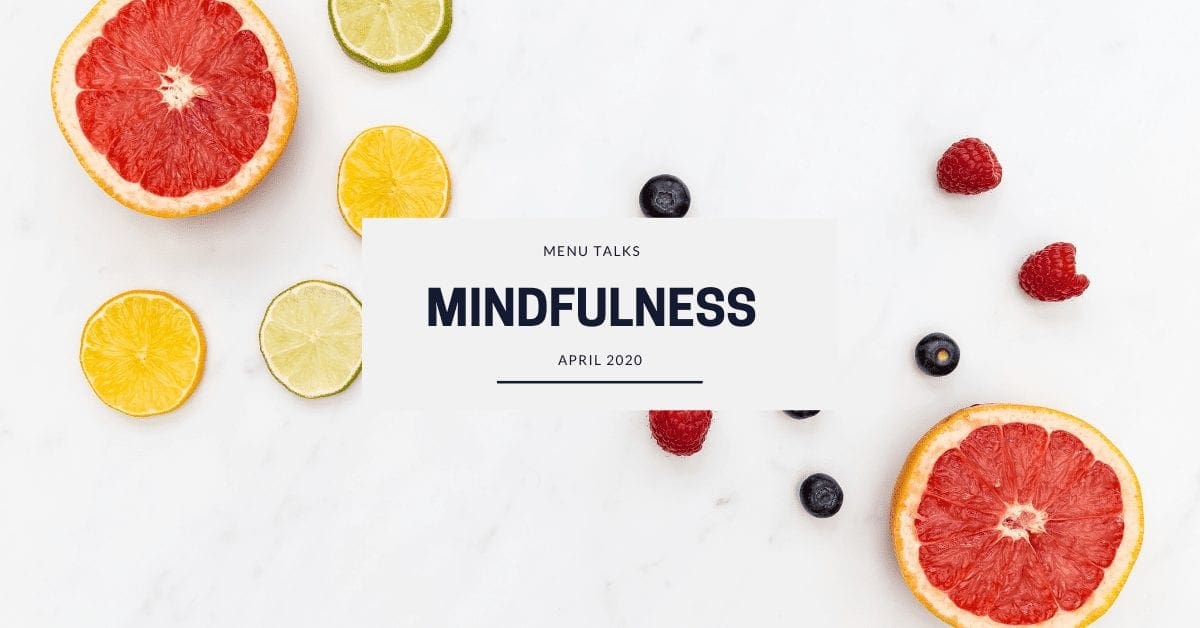Welcome to week one of the mindfulness series. Today, I am providing a mindfulness overview and some popular techniques. If you have missed any part of the series, click here to catch up! As always, remember my disclaimer before practicing any mental health information. The key to mindfulness is noticing your surroundings, mood, thoughts, and senses without […]
